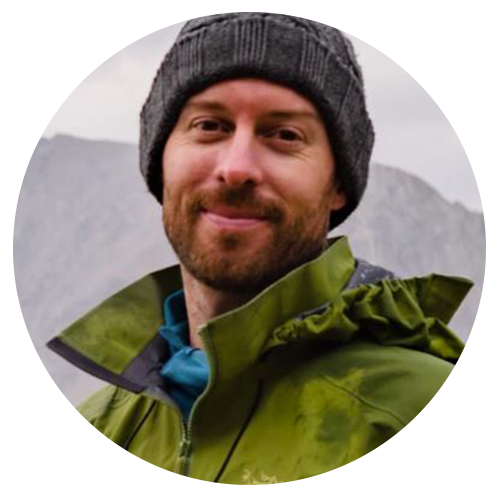
Joshua Cripps
Wilderness Landscape Photographer & Educator
I’m a normal guy who thought he’d spend his adult life as an engineer. But then I fell in love with travel and photography, and I’ve been making it my career ever since.

I’m a normal guy who thought he’d spend his adult life as an engineer. But then I fell in love with travel and photography, and I’ve been making it my career ever since.